 |
|
USSF-124 (Falcon 9) 14 February 2024 |
Space Launch Complex 40 Cape Canaveral Space Force Station |
A SpaceX Falcon 9 rocket launched the USSF-124 mission comprised of two satellites for the Missile Defense Agency's Hypersonic and Ballistic Tracking Space Sensor and the final four Space Development Agency's Tranche 0 Tracking Layer satellites of its Proliferated Warfighter Space Architecture to low-Earth orbit from Space Launch Complex 40 (SLC-40) at Cape Canaveral Space Force Station at 5:30 p.m. on 14 February 2024. Following stage separation, the first stage landed on Landing Zone 2 (LZ-2) at Cape Canaveral Space Force Station. This is the seventh launch of the first stage booster supporting this mission, which previously launched Crew-6, SES O3b mPOWER, and four Starlink missions. |
|
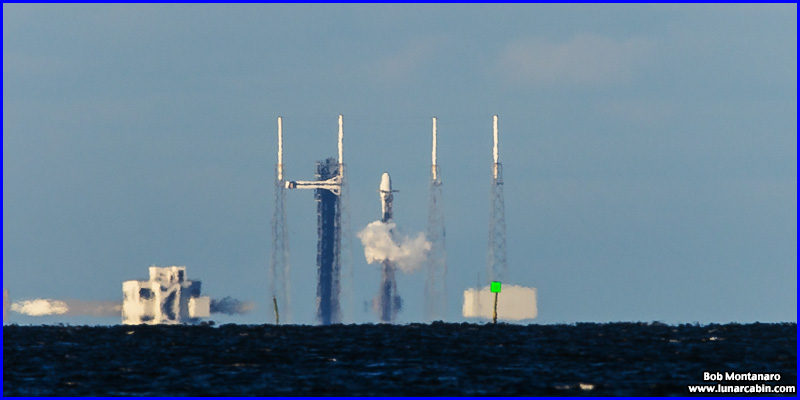 |
|
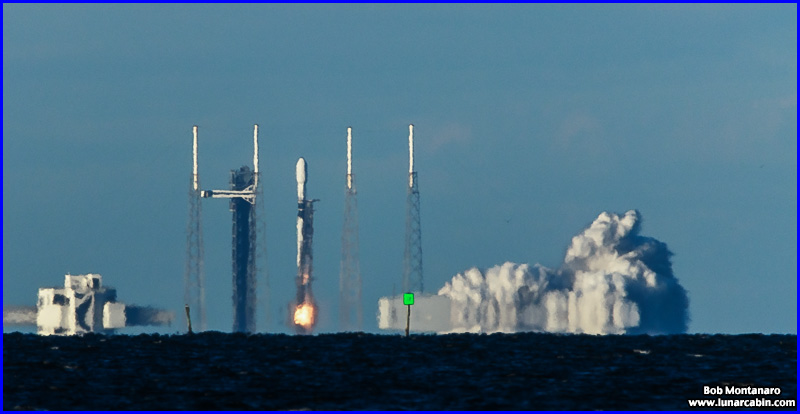 |
|
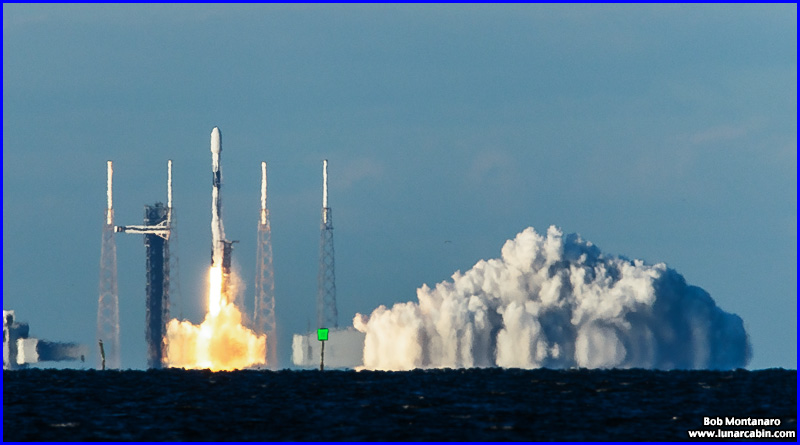 |
|
 |
|
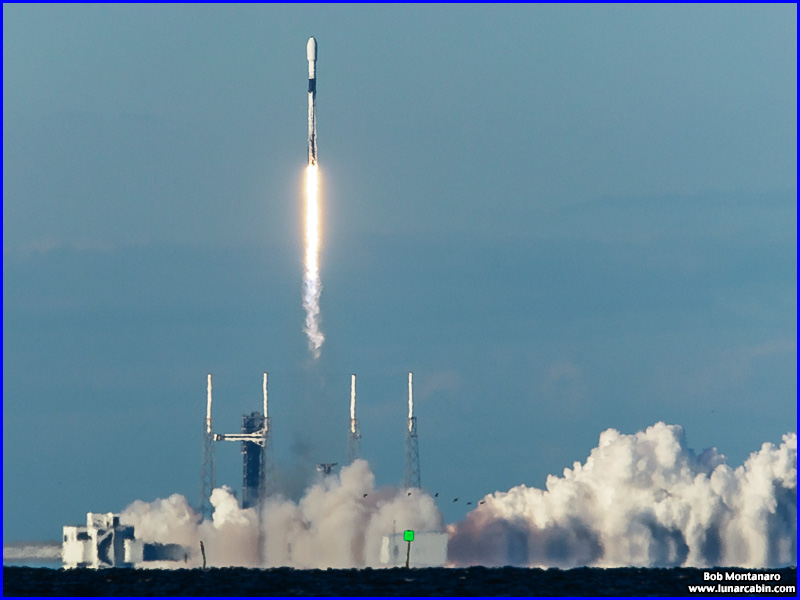 |
|
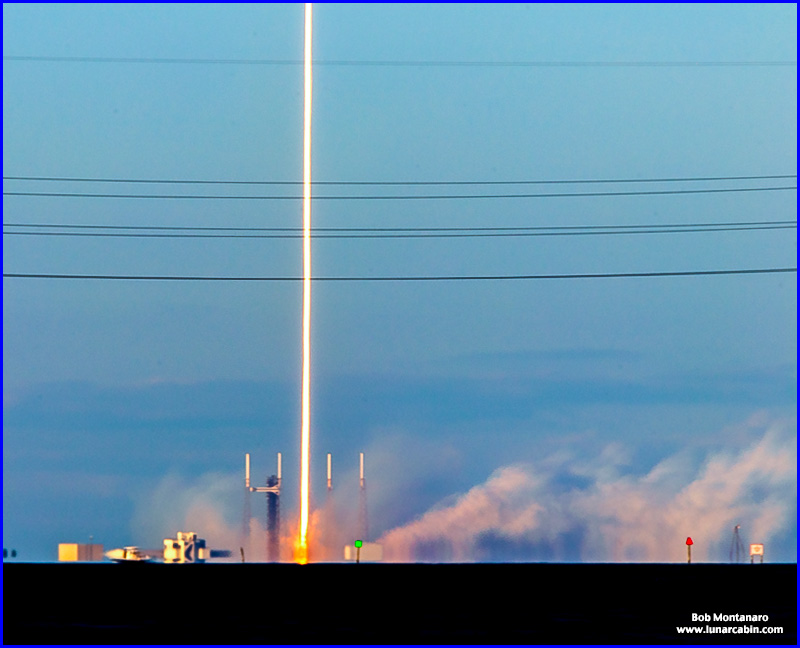 |
|
 |
|
 |
|
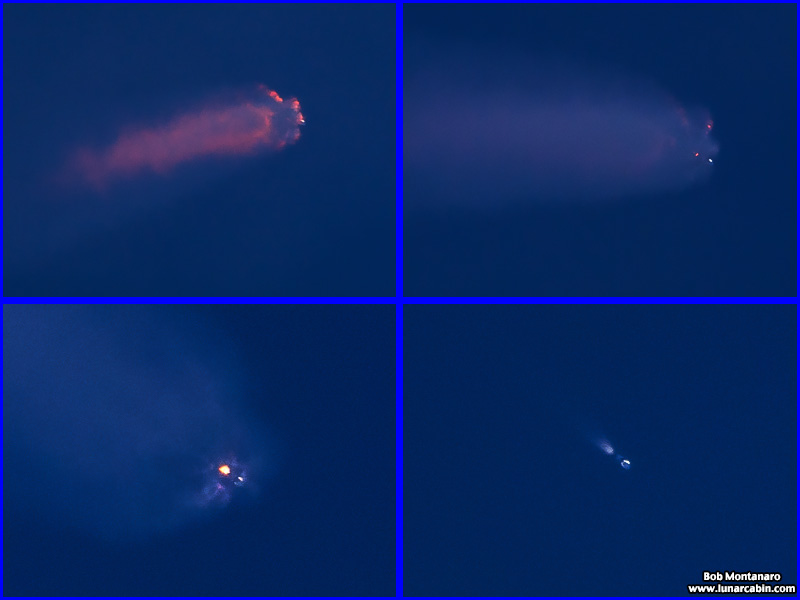 |
|
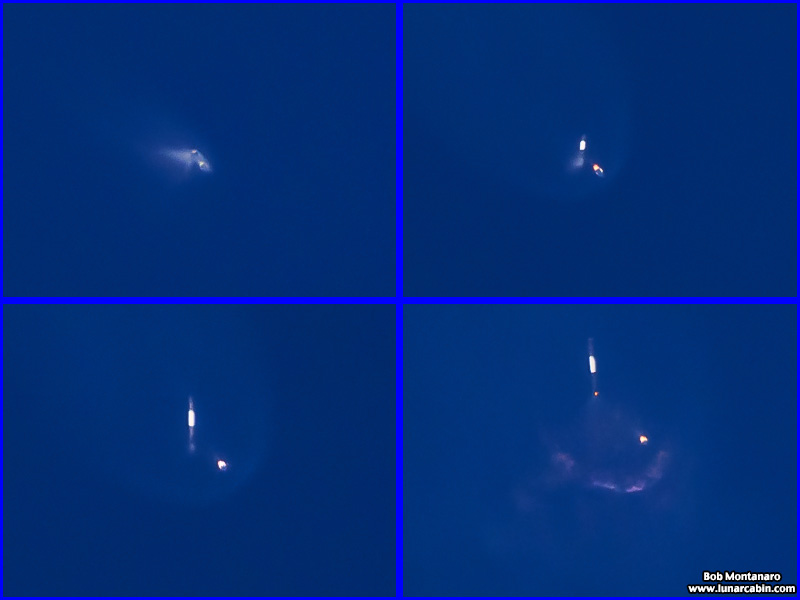 |
|
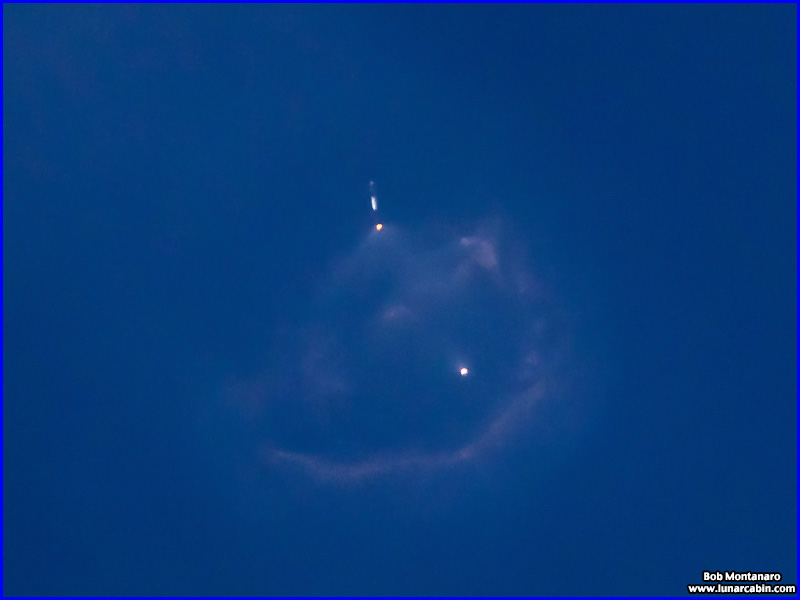 |
|
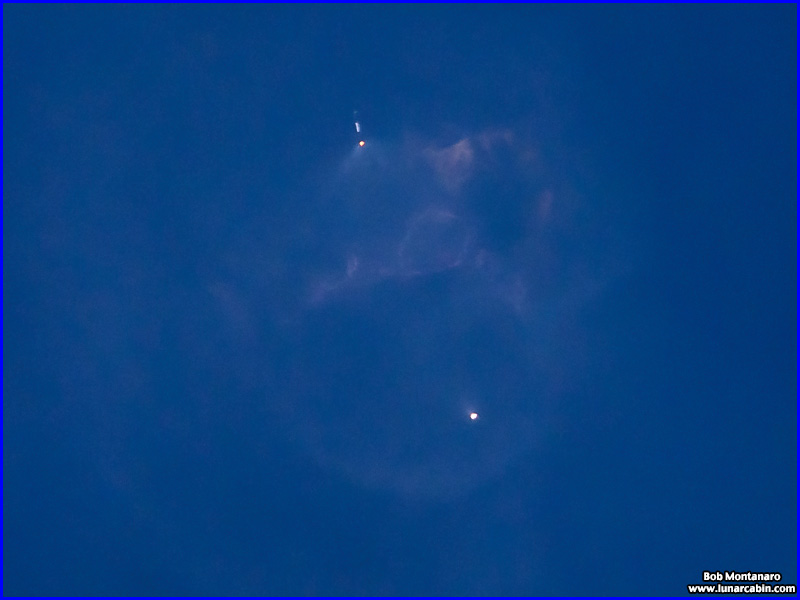 |
|
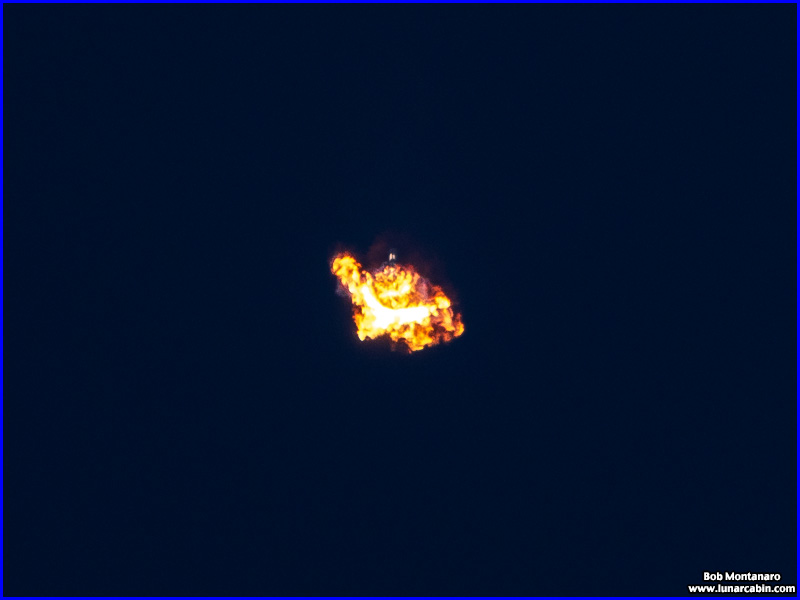 |
|
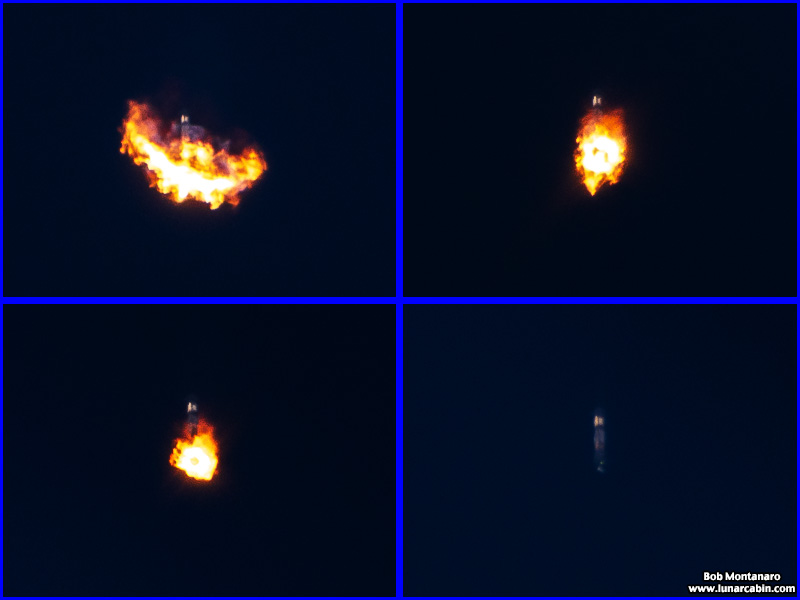 |
|
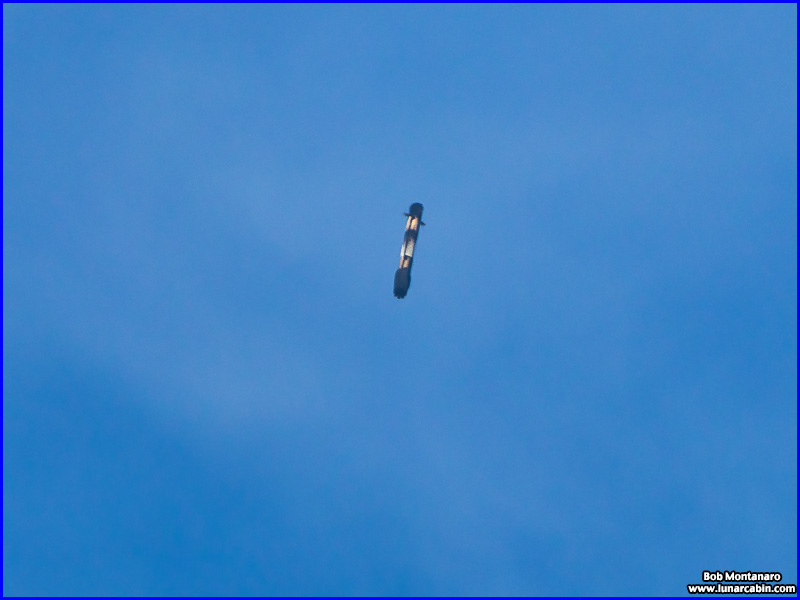 |
|
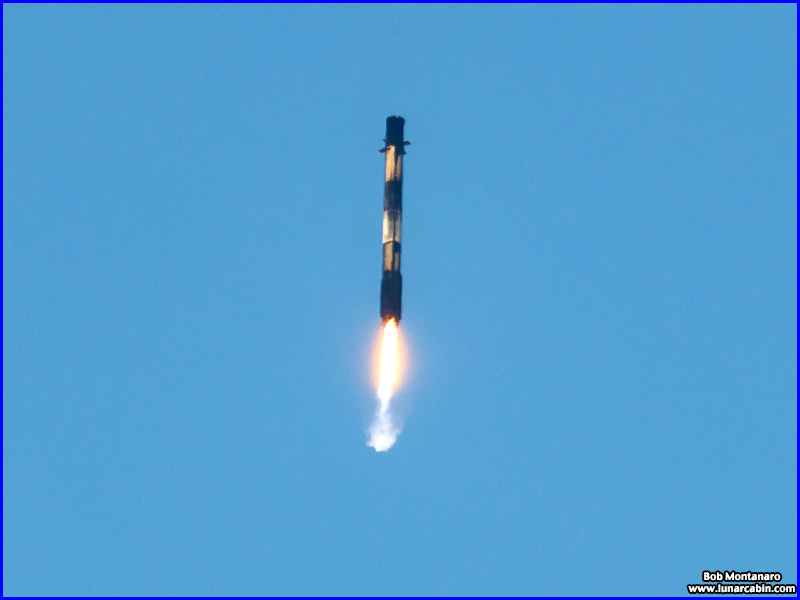 |
|
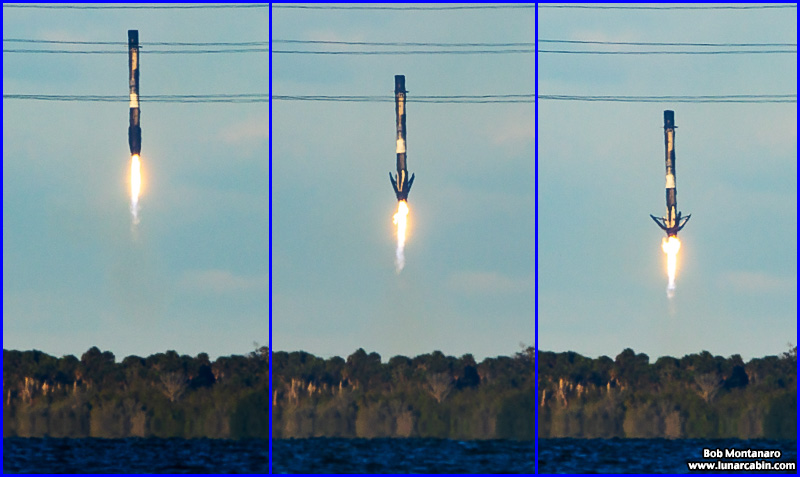 |
|
 |
|
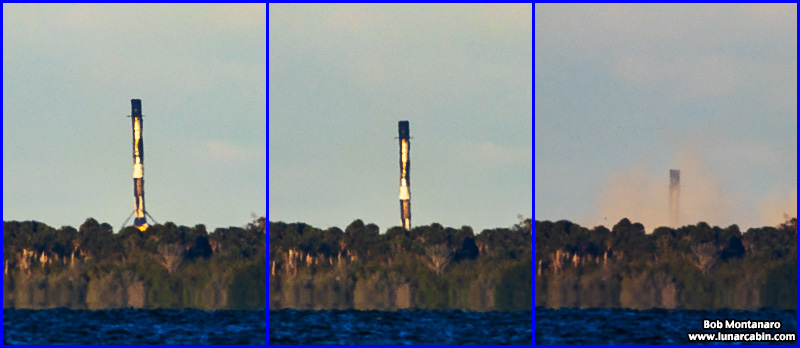 |
|
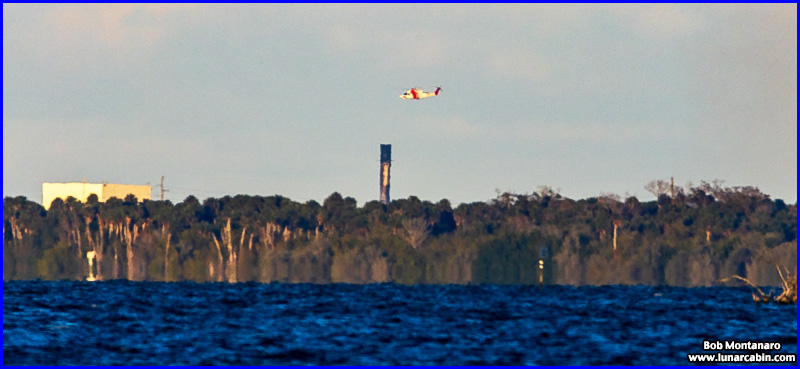 |
|
EXCERPTS FROM A MISSILE DEFENSE AGENCY MEDIA RELEASE |
|
MDA, SDA Announce Upcoming Launch of the Hypersonic and Ballistic Tracking Space Sensor and Tranche 0 Satellites The Missile Defense Agency (MDA) and Space Development Agency (SDA) announce the upcoming launch of six satellites into low-Earth orbit from Space Launch Complex 40 at Cape Canaveral Space Force Station, Florida. Today's planned launch will include two satellites for MDA's Hypersonic and Ballistic Tracking Space Sensor (HBTSS) and the final four SDA Tranche 0 (T0) Tracking Layer satellites of its Proliferated Warfighter Space Architecture (PWSA). As part of the National Security Space Launch program, SpaceX's Falcon 9 rocket will deliver the satellites to orbit. "This launch represents a pivotal time for MDA as we enter a new phase of missile warning, tracking and defense," said Lt. Gen. Heath Collins, director of MDA. "These HBTSS satellites are an essential step forward in our efforts to stay ahead of our adversaries." MDA, the U.S. Space Force and SDA are collaborating to develop HBTSS as a space sensor prototype demonstration providing fire control quality data required to defeat advanced missile threats. Ultimately, this data is critical to enabling engagement by missile defense weapons, including engagement of hypersonic glide-phase weapons. This "birth-to-death" tracking by HBTSS will make it possible to maintain custody of missile threats from launch through intercept regardless of location. "Launching our Tracking satellites into the same orbit with the MDA HBTSS satellites is a win for both agencies," said Derek Tournear, director of SDA. "We'll be able to look at test targets from the same orbit at the same time, so that we can see how the two sensors work together. In Tranche 1, SDA will fly both sensor types as an operational system – medium-field-of-view demonstrating fire control, based on HBTSS design, and wide-field-of-view doing warning and tracking, based on T0 tracking design." Operationally, the missile defense capability, developed through MDA's HBTSS demonstration program, will inform SDA's PWSA and will detect hypersonic, ballistic, and other advanced threats earlier than terrestrial radars, providing hypersonic threat tracking data for hand off through linked missile defense weapons. SDA will build upon the fire-control capability successes learned from HBTSS and proliferate those fully developed capabilities in the spiral approach to future tranches. SDA, part of the U.S. Space Force, previously deployed 23 Tranche 0 satellites on-orbit in 2023, including Transport and Tracking Layer satellites, from Vandenberg Space Force Base, California. The four Tracking Layer satellites that will launch with MDA's HBTSS were delivered by L3Harris Technologies and represent the final satellites in the Tranche 0 program bringing the on-orbit constellation to 27. MDA initiated the HBTSS program in 2018. In January 2021 MDA awarded Other Transaction Agreements to L3Harris Technologies Inc. and Northrop Grumman Corporation. The pending launch of the two prototype systems will be followed by two years of on-orbit testing. Over the next few weeks, MDA and SDA engineers will run a series of tests and checkout procedures to ensure the satellites are operating and integrating with the Missile Defense System and other mission areas. |
|
All contents copyright Lunar Cabin |
|